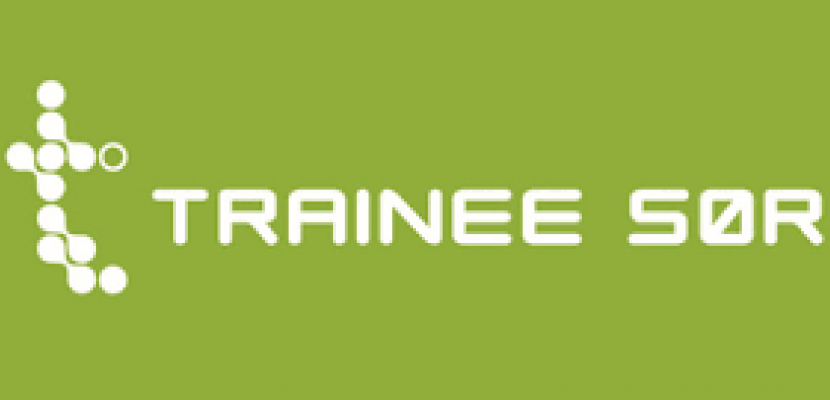
Trainee Sør (Trainee South)

About this good practice
Many European regions struggle to attract and retain young professionals. In the STEM sector, with a smaller talent pool and lower % of women, this impacts negatively on the gender gap.
This is an issue in the Agder region, whose key business sectors are ship technologies, marine engineering and offshore drilling. Trainee South was launched to meet companies’ needs to attract young professionals to the area. Enterprises, universities and public institutions participate and use their communication channels to publicize the program.
In terms of criteria to participate, it is open to graduates up to 30 years old from across Norway, who have an excellent academic background and demonstrate a strong motivation to boost the development of Agder. Enterprises benefit from a professional recruitment service, guaranteeing that the most skilled applicants are selected. Evaluation of skills helps eliminate gender bias that can discriminate against women in male-dominated sectors.
Concerning activities, selected applicants participate in an 18-month-long paid traineeship, working in different companies and institutions (6 months each). They are in close contact with a daily manager and other trainees to ask questions and share experiences. They are also coupled with a carefully selected mentor who helps them to identify goals and overcome challenges. Trainee South also organizes parallel networking events, study trips and courses and training events, such as public speaking courses.
Expert opinion
This is a good practice of matching STEM graduates with relevant companies in a specific region. The programme has been efficient in talent attraction as 9/10 trainees receive job offers within the region (which is also an indication of the quality of the recruitment process) and 70% of trainees remain in the region after the programme. Therefore, the region benefits from attracted talent (and taxpayers), the companies benefit from new workers and the trainees receive a rich working experience in three different companies in the span of 18 months.
It must be also emphasized that this programme has been conscious in keeping the gender balance. This is necessary in the male-dominant STEM intensive sectors. For example, among the students studying STEM education in OECD countries only approximately 30%, on average, are women. Therefore, positive role models and visible job opportunities are needed to attract more women to the field.
Resources needed
Human resources: the program is run by one manager and external companies are involved in the recruitment process and mentoring sessions.
Economic resources: participating companies pay a participation fee, in addition to the salary of the trainees
Evidence of success
The program provides female STEM graduates with the opportunity to get a better start for their careers. Some figures showing the success are:
- 50/50 gender balance
- 9/10 trainees receive job offers within the region after the end of the program
- 70% of trainees remain in the region
- 25 trainees in the current portfolio
- 70 companies involved across 15 years
- 40 currently companies involved
Potential for learning or transfer
The stakeholder cooperation model upon which Trainee South is built can be easily replicated in other interested regions, focusing on their core business sectors. The main stakeholders are companies participating in the program, regional authorities, and academia.
An important aspect to keep in mind, when transferring the practice, is that Norway has a high awareness of gender issues.
In Trainee South, gender balance comes naturally, thanks to a recruitment process with multiple actors involved, a high focus on skills and a low threshold for alerting uncomfortable situations/discrimination in the selection and/or trainee work (the latter being a pivotal part of Norwegian society). This means that other regions interested in implementing this type of program might need to focus more effort to guarantee gender balance and develop specific measures to facilitate female participation in the program.
Further information
Website
Good practice owner
You can contact the good practice owner below for more detailed information.
Trainee Sør

